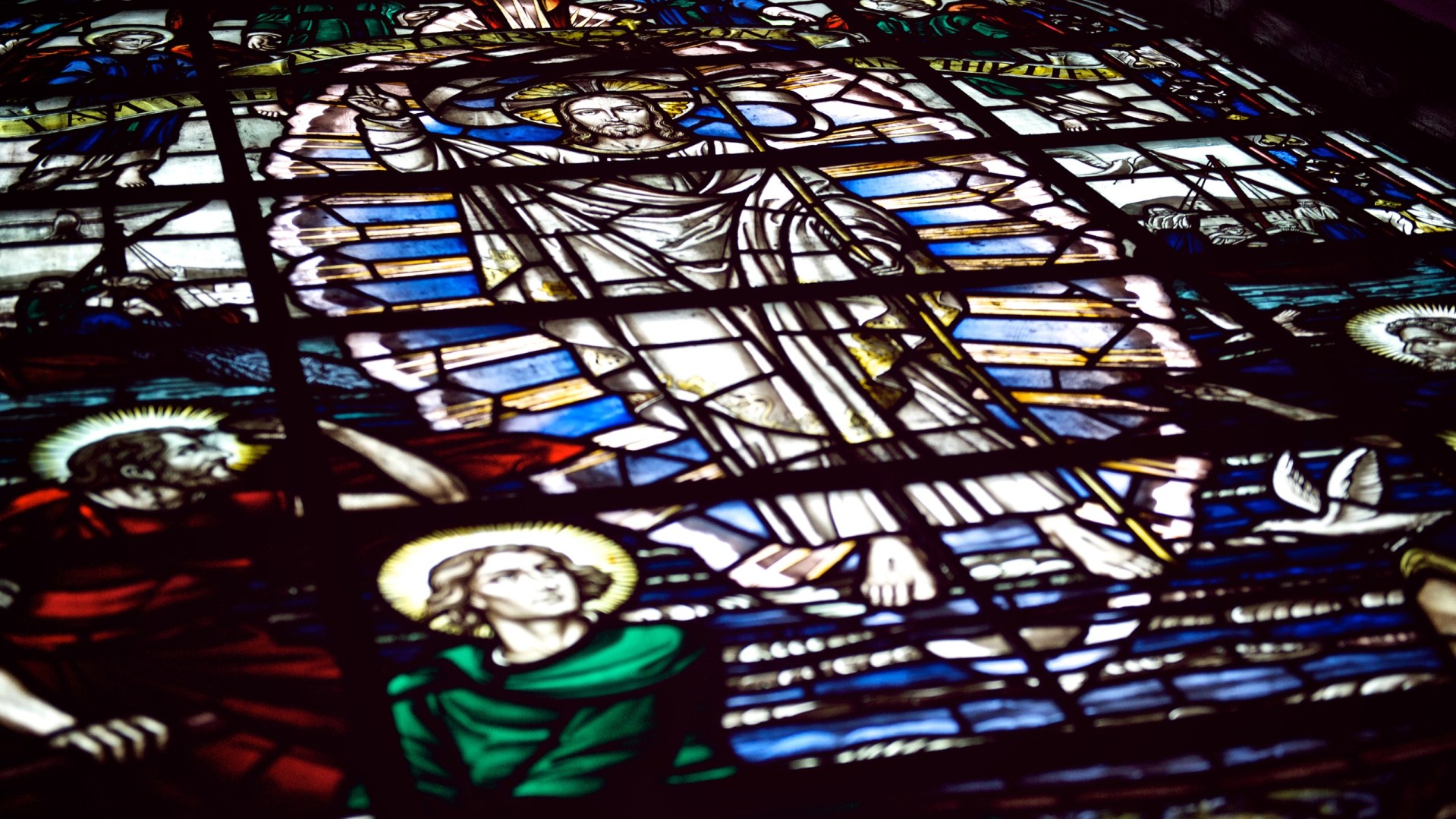Still today, Christians around the world read John Bunyan's classic allegory The Pilgrim's Progress with profit. Yet Bunyan may have never embarked on his dynamic spiritual journey if not for the most popular book during his day. The Practice of Piety (published 1611) rarely grips readers the way Bunyan did. But its author, Lewis Bayly, set a lofty standard for Christian devotion that convicted Bunyan and inspired generations of his countrymen.
Bayly was an Anglican bishop with Puritan sympathies. His life's work reflects the Anglican attempt to maintain some continuity with medieval Catholicism and the Puritan plan to radically reform theology and practice. Thus, Bayly infused the Catholic devotional genre shaped by Thomas à Kempis and Ignatius of Loyola with Puritan theology indebted to John Calvin.
Following the Reformation, Protestant clergy such as Bayly determined to meet the significant challenge of reworking devotional literature to reflect theological changes. Few lay Protestants could confidently and correctly pray without the aid of their Catholic primers. Bayly's theology-rich prayers and meditations filled this need. In the spirit of Holy Week, we'll look at a few of his meditations on the Cross and Resurrection.
"O Gracious God and merciful Father, who art our refuge and strength, and a very present help in trouble, lift up the light of thy favourable countenance at this instant upon thy servant that now cometh to appear in thy presence; wash away, good Lord, all his sins by the merits of Christ Jesus' blood, that they may never be laid to his charge. Increase his faith, preserve and keep safe his soul from the danger of the devil and his wicked angels. Comfort him with thy Holy Spirit; cause him now to feel that thou art his loving Father, and that he is thy child by adoption and grace. Save, O Christ, the price of thy own blood, and suffer him not to be lost whom thou hast bought so dearly. Receive his soul, as thou didst the penitent thief, into thy heavenly paradise; let thy blessed angels conduct him thither as they carried the soul of Lazarus; and grant unto him a joyful resurrection at the last day."
"Comfort thyself, O languishing soul, for if this earth hath any for whom Christ spilt his blood on the cross, thou assuredly art one. Cheer up therefore thyself in the all-sufficient atonement of the blood of the Lamb, which speaketh better things than that of Abel; and pray for those who never yet obtained the grace to have such a sense and detestation of sin."
"With one cross God maketh two cures – the chastisement of sins past, and the prevention of sin to come."
"If the rising of one sun make the morning sky so glorious, what a bright shining and glorious morning will that be, when so many thousand thousands of bodies, far brighter than the sun, shall appear and accompany Christ as his glorious train, coming to keep his general session of righteousness, and to judge the wicked angels, and all ungodly men and let not any transitory profit, pleasure, or vain glory of this day, cause thee to lose thy part and portion of the eternal bliss and glory of that day, which is properly termed the resurrection of the just. Beasts have bodily eyes to see the ordinary light of the day: but endeavour thou with the eyes of faith, to foresee the glorious light of that day."





